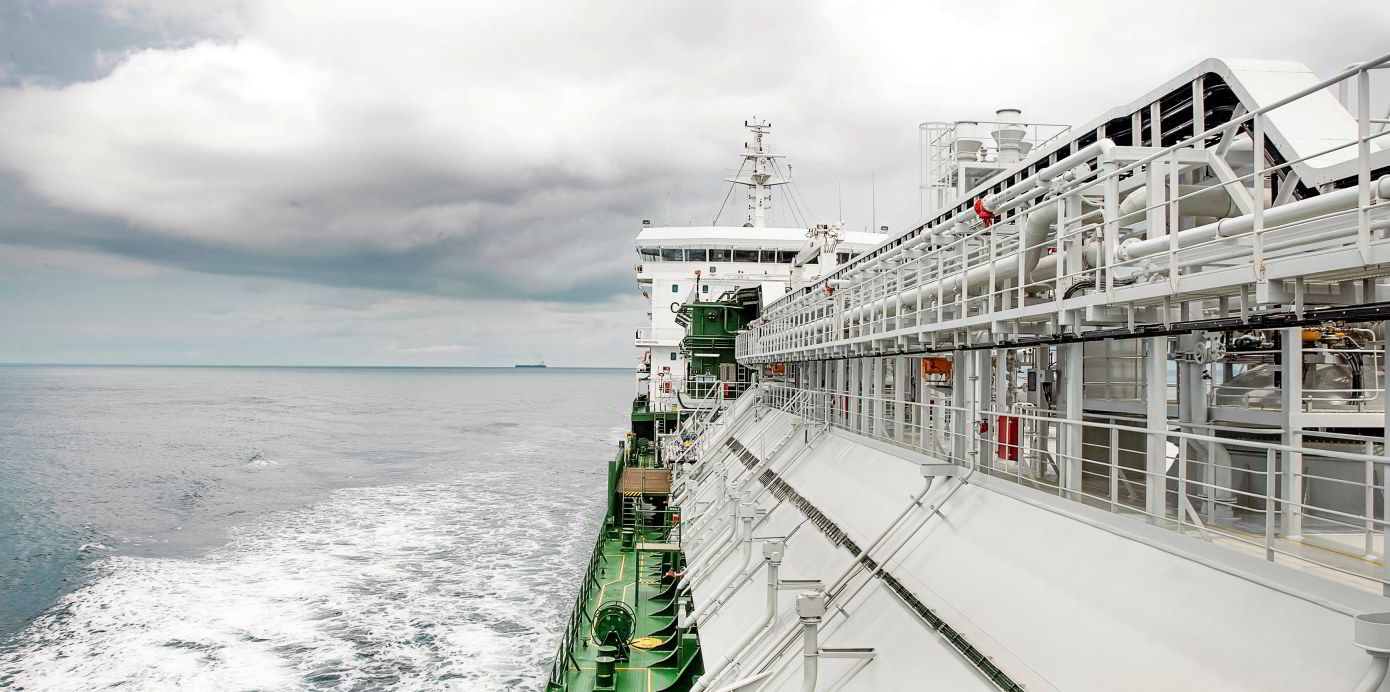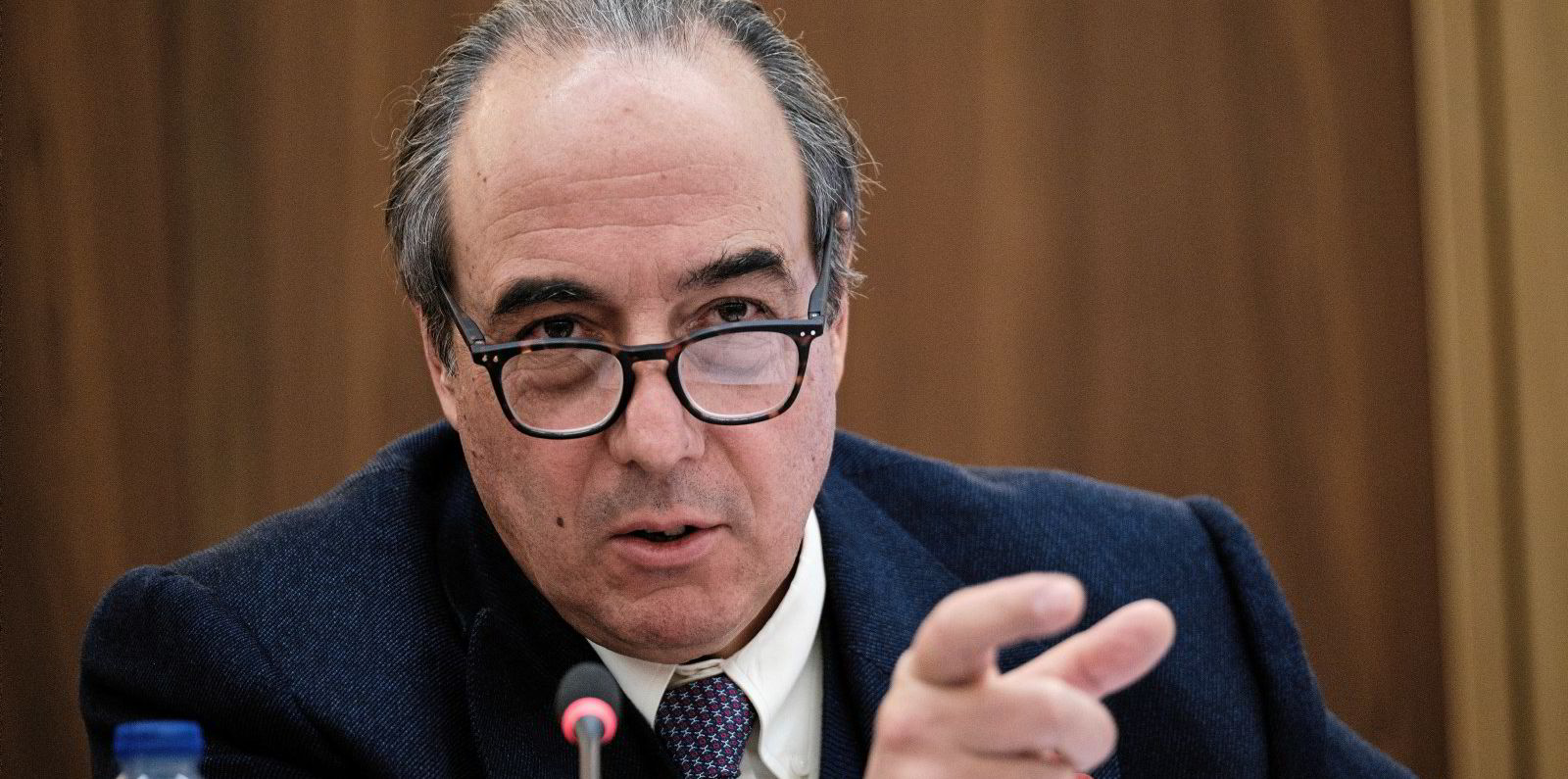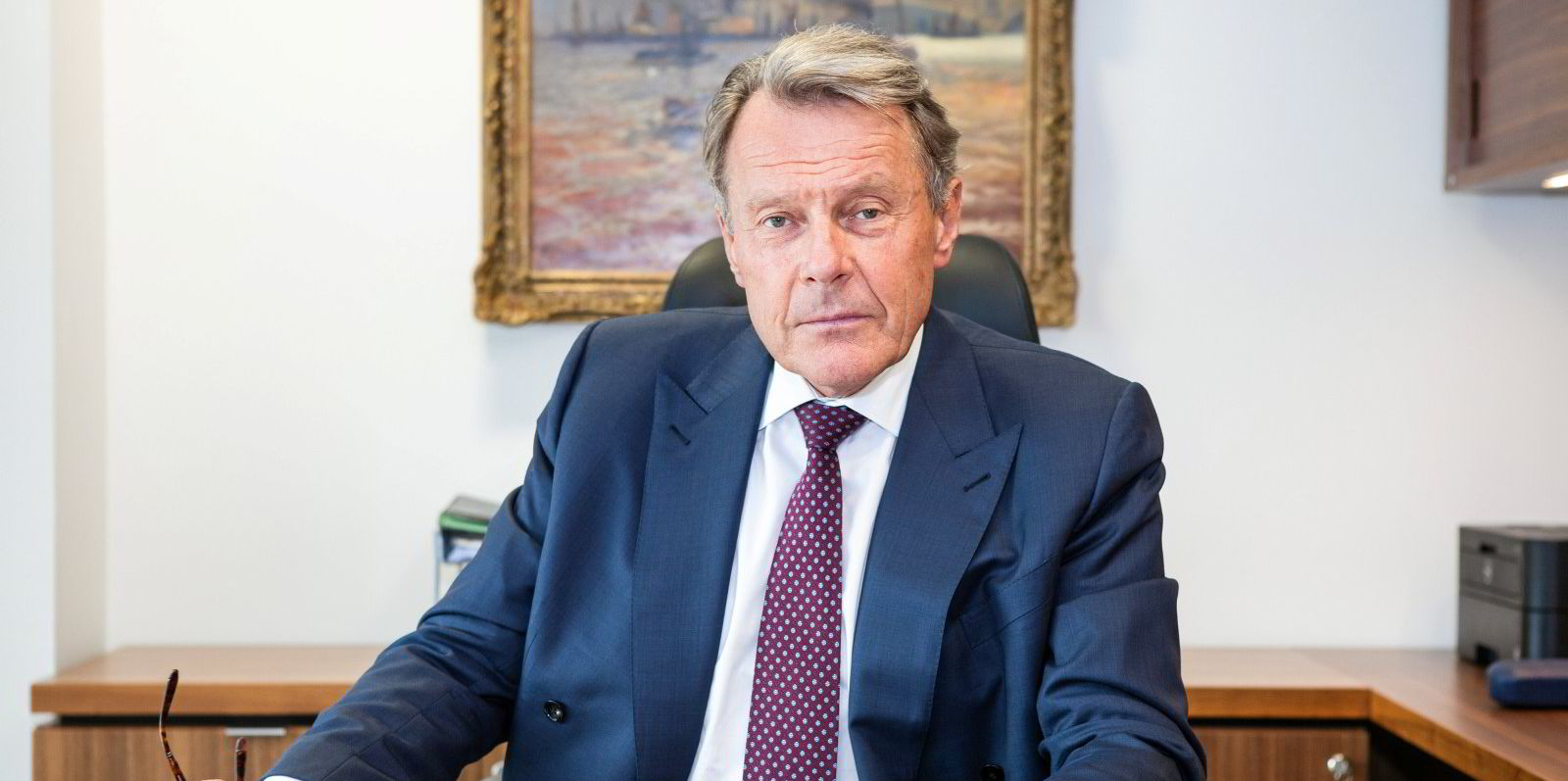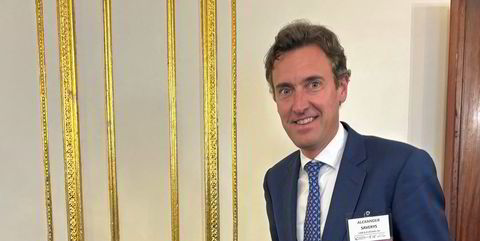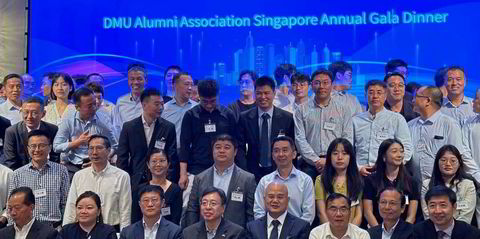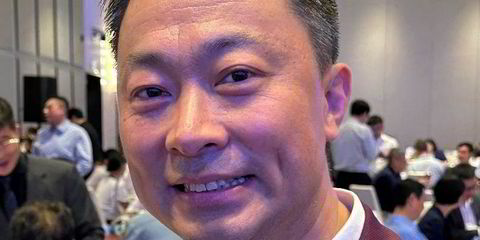Shipping initiatives for carbon capture, utilisation and storage (CCUS) are ticking up with some big-name players entering the arena and the first small CO2 carriers under construction, but the volumes being discussed for marine transportation have up until now been small.
Enter Greek shipowner Peter Livanos, once of tanker and now bulker outfit DryLog and LNG carrier owner GasLog fame, with his newly launched CCUS venture EcoLog.
At the top end of a planned 60-ship business by 2035, EcoLog aims to use 85,000-cbm CO2 carriers to open up long-haul shipments for CCUS.
Speaking on behalf of Livanos’ Ceres Shipping, Jasper Heikens acknowledged that the plans — EcoLog is aiming to have its first five-million-tonne (mt) CCUS trade running by 2026 to 2027 — sound large.
“It feels big because we’re the first one looking at it at scale,” Heikens said. “Scale brings down cost and cost is incredibly important because it [CO2] is a waste product.
“The challenge ahead of us is just ginormous, but it has to happen,” he said. “This is a completely new sector for everyone but it is such a big societal need to address.”
While EcoLog is looking at several potential sites for CCUS, Heikens said it is the Europe-to-US trade that it wants to open up.
He said the US is so far ahead on sequestration and has “amazing geology” offering minimum storage of 500 mt to 1bn tonne-plus sites compared with 200 mt to 300 mt in Europe.
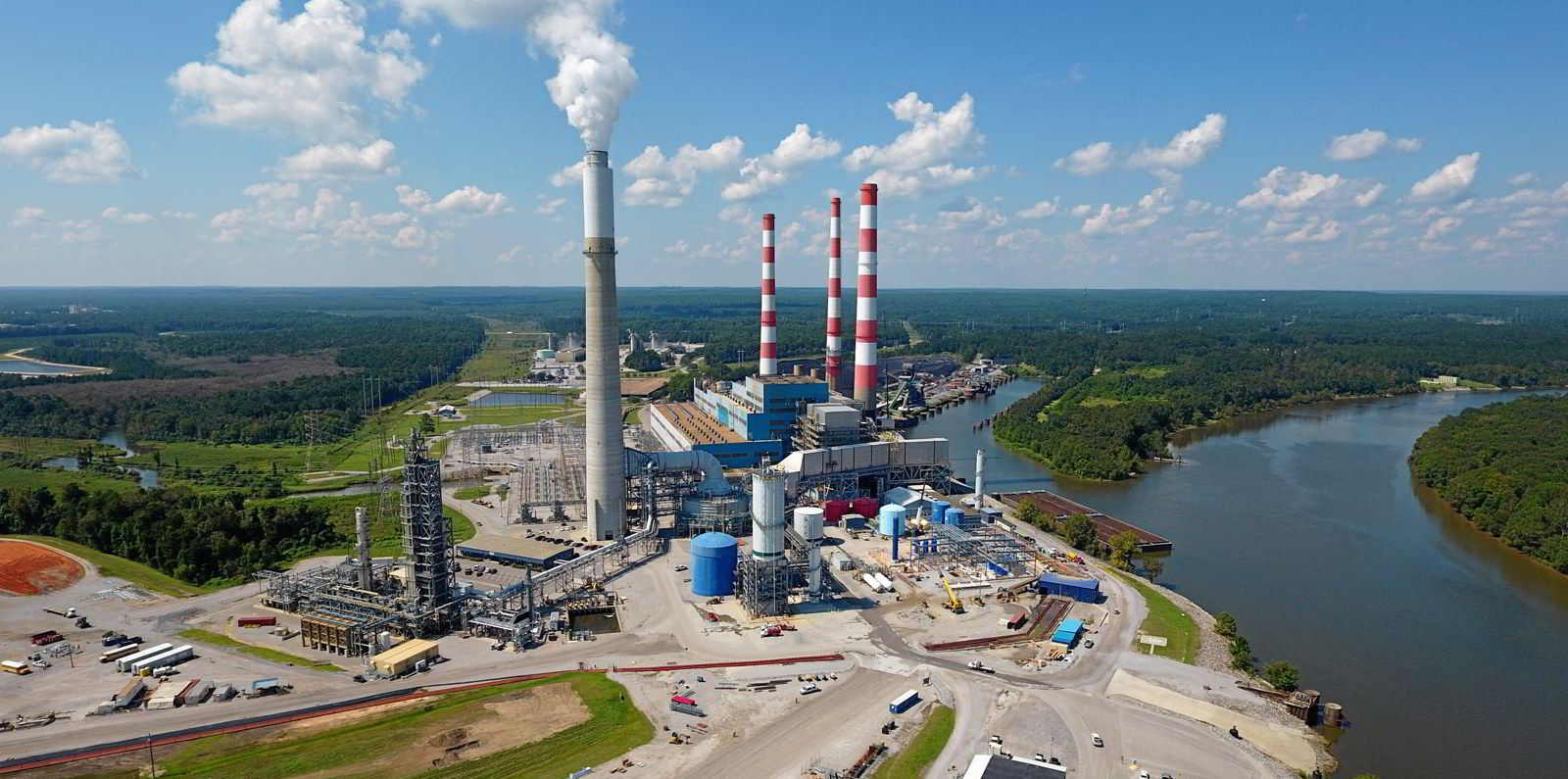
Heikens pointed out that the European Union’s ambition for CCUS is 5 mt by 2030.
“We could do three times that,” he said.
However, the EU will first need to amend its rulings on CO2, which as a waste product cannot be exported outside the region. But Heikens said EcoLog is bullish on overcoming these regulatory hurdles as it has the potential to advance the region’s decarbonisation goals.
“We are saying free us from the regulations that there are today and we will create that pipeline for Europe to decarbonise at a much greater scale and speed than what can be done so far and also at a more competitive cost,” he said.
Heikens told TradeWinds that CCUS is in the early stages as a business but will build quickly.
“It’s a bit like pushing a car,” he said — a great deal of effort is needed to get it started but it gets easier once it begins to move.
“Those first few [CCUS] trades are going to be difficult to put together but, once it starts going and people understand how it works, it will go very quickly.”
Heikens said the technology is already proven, and while there are no existing CO2 import and export terminals, EcoLog’s design would draw on LPG and elements of LNG facilities.
The potential customers are also huge. Heikens said Antwerp alone is an emitter cluster of 10 million tonnes per annum of CO2.
He believes shipping CO2, for those with no access to exporting it by pipeline, could prove advantageous since they would have the option of exporting to a wider variety of locations and so could pick the most competitive for sequestration or higher value usage.
